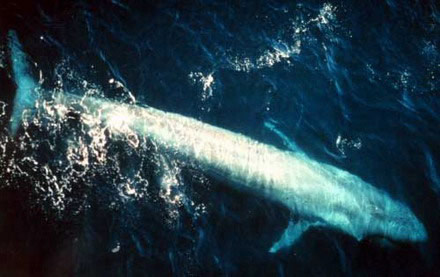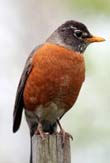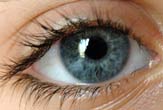Abigail W. Leonard
Latest articles by Abigail W. Leonard
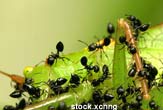
Ants 'Hate Each Other' But Work Together
By Abigail W. Leonard published
Different ant species can coexist because, as the saying goes, where one is weak another is strong.

Study: Group Thinking Clouds Decisions
By Abigail W. Leonard published
People have a harder time coming up with alternative solutions to a problem when they are part of a group, new research suggests.
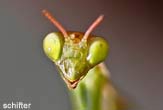
Why Female Bugs Outsize Males
By Abigail W. Leonard published
A new study looks at why sexual dimorphism—the non-sexual size and shape differences between the sexes—exists in the world of six- and eight-legged creatures.
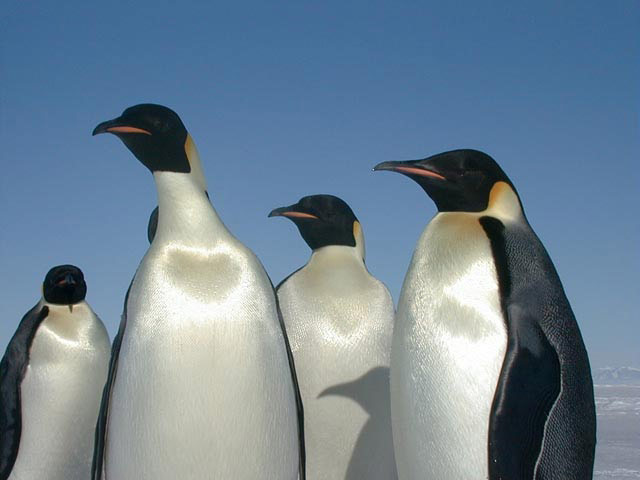
All Penguins Are Cute, But Some Are More Cute Than Others
By Abigail W. Leonard published
Our fondness for cute animals could have detrimental effects on preservation efforts.
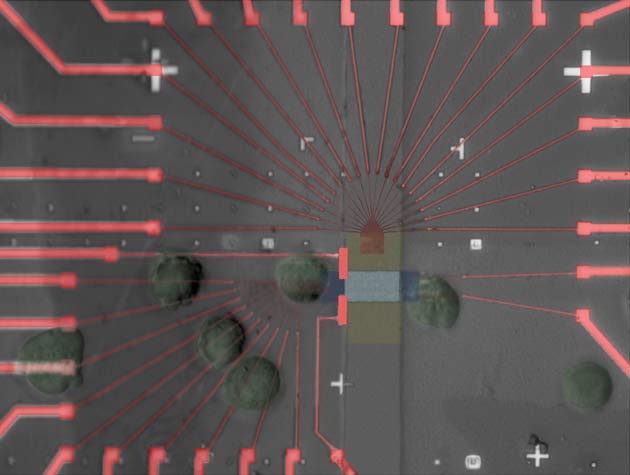
New Memory Circuit the Size of a Single Blood Cell
By Abigail W. Leonard published
Researchers have produced the world's densest memory circuit, one that industry analysts didn't expect to see for another decade.
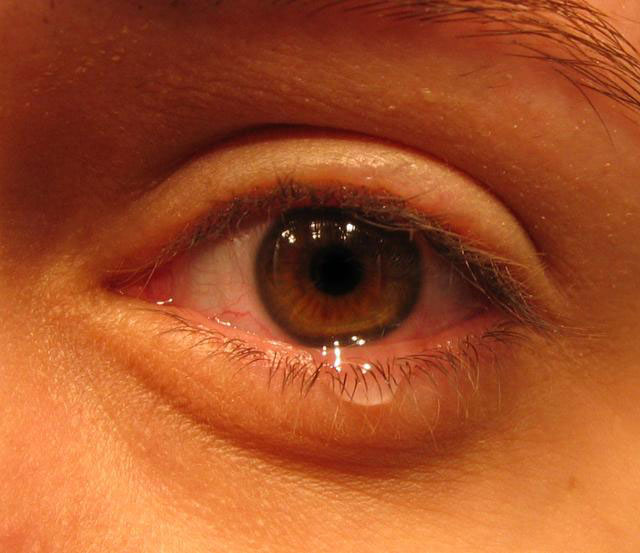
Complexity of Teardrops Revealed
By Abigail W. Leonard published
Tears can signal everything from sorrow to joy to bitter frustration, but until recently little was known about the composition of the tear itself.

How Women Pick Mates vs. Flings
By Abigail W. Leonard published
A new study suggests why Brad Pitt's chiseled jaw makes women weak in the knees, at least for a while.

Warm Fuzzy Feelings Fuel Higher Prices
By Abigail W. Leonard published
People seem to assign higher value to objects when they're in a friendlier mindset, a new study suggests.

Risk Takers Follow in Parents' Dangerous Footsteps
By Abigail W. Leonard published
It's not clear how much of the similarity is genetic, but much of it is clearly learned, a new study suggests.

Studies Highlight Top Sources of Pollution
By Abigail W. Leonard published
Most environmental damage is caused by a very short list of consumer products, new studies find.
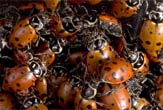
Global Warming Could Trigger Insect Population Boom
By Abigail W. Leonard published
A rise in Earth's temperature could prove to be a boon to insects worldwide, scientists say.
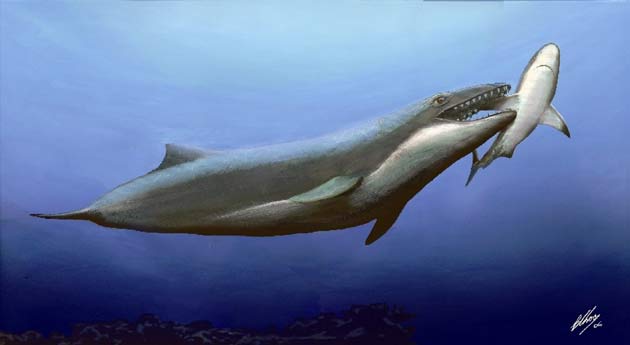
Small Prehistoric Whale Was Vicious Hunter
By Abigail W. Leonard published
Paleontologists have uncovered a whale fossil with a monstrous set of teeth and enormous eyes. It has them rethinking whales’ evolutionary history.
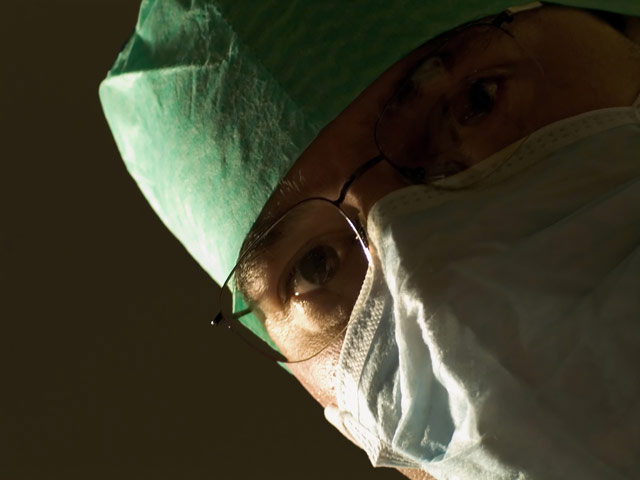
Anesthesia Remains Mysterious
By Abigail W. Leonard published
It's a staple of modern medicine, but how anesthesia works in the brain is still a mystery -- even to doctors who use it.
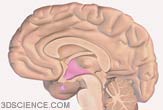
Your Brain Boots Up Like a Computer
By Abigail W. Leonard published
A primitive gatekeeper in the brain works like a club bouncer to control what information gets in as we wake.
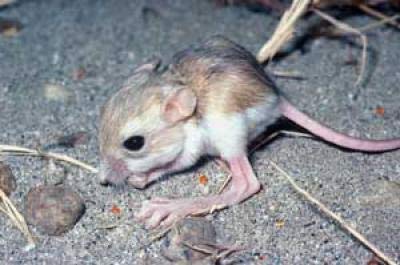
Desert Thieves are Real Rats
By Abigail W. Leonard published
The noctornal pocket mouse finds seeds stored by its victims (shown here) and steals them in a rare known case of animal burglary.
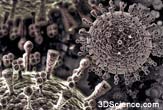
Love and Sex Influence Disease Evolution
By Abigail W. Leonard published
Scientists find a link between the type of relationships we have and how a disease adapts to better infect us all.
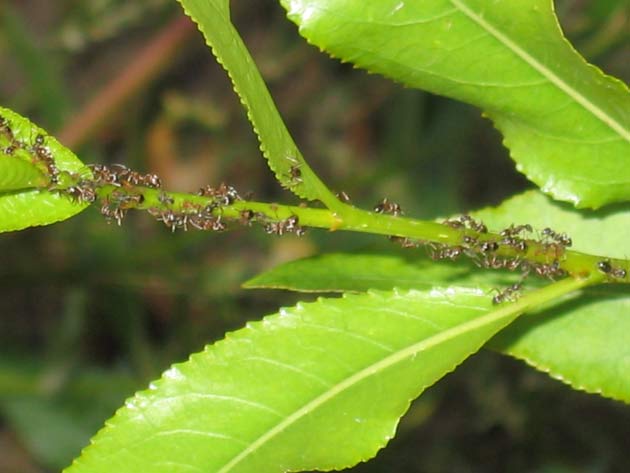
Ants More Aggressive When in Gangs
By Abigail W. Leonard published
Whether in a bar or on the battlefield, it’s easier to fight knowing friends have your back. The same is true in the ant world.
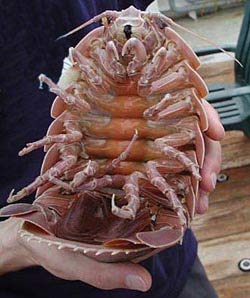
What Makes Sea Creatures Large or Small
By Abigail W. Leonard published
A long-sought connection is found between the size of animals in shallow and deep water.
Sign up for the Live Science daily newsletter now
Get the world’s most fascinating discoveries delivered straight to your inbox.
